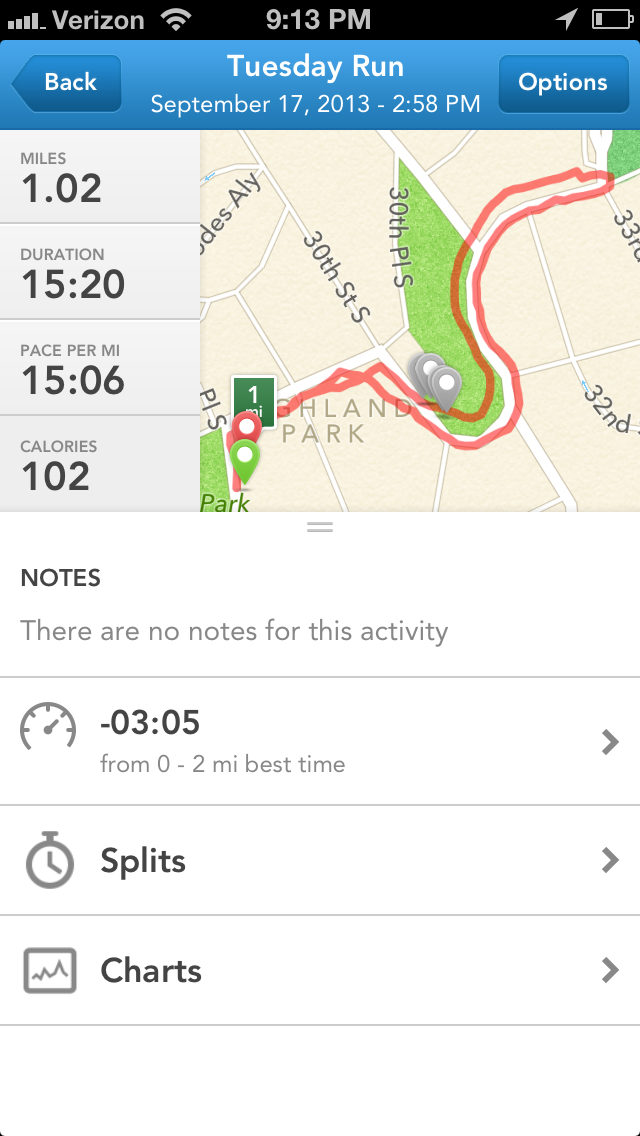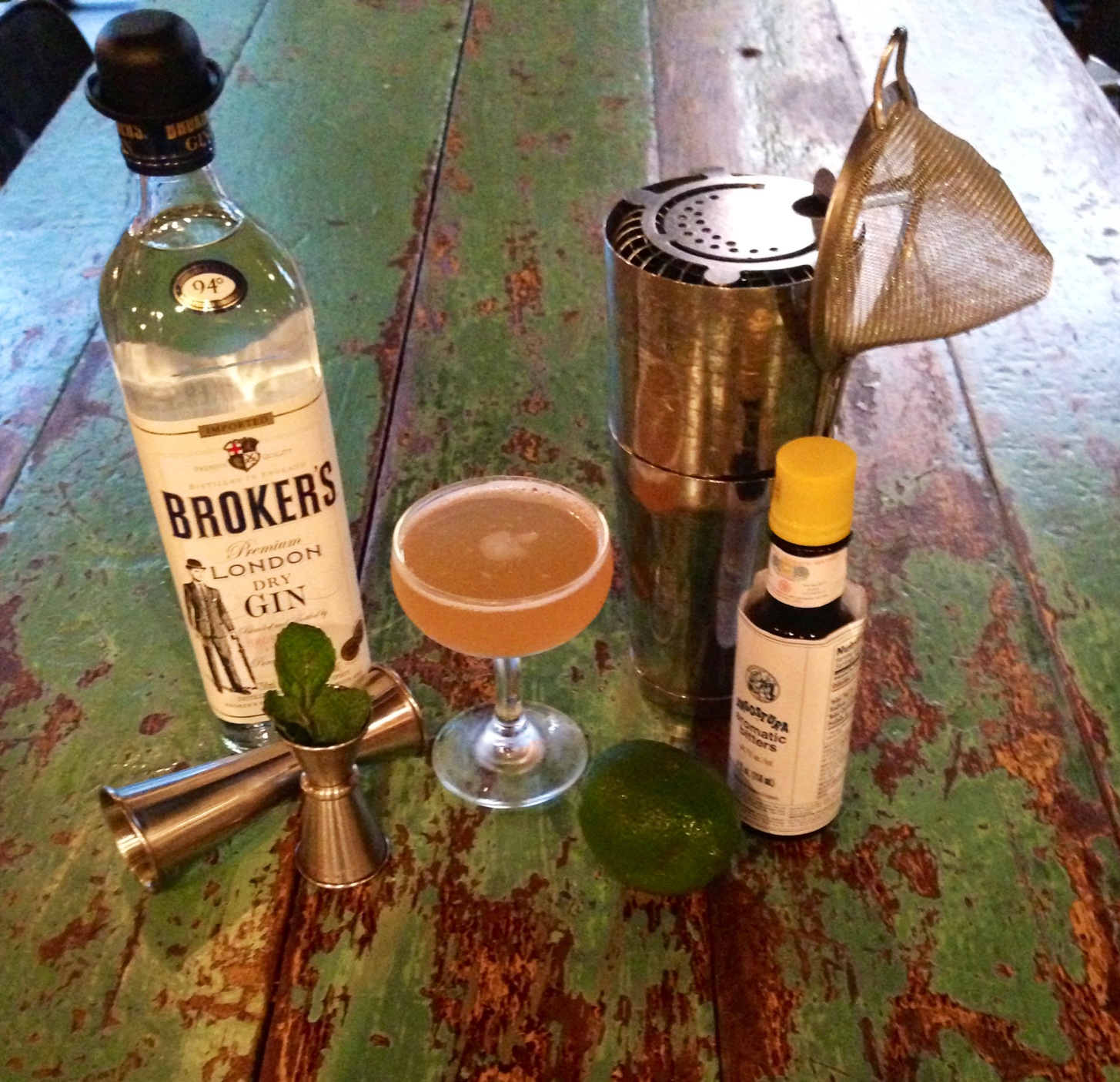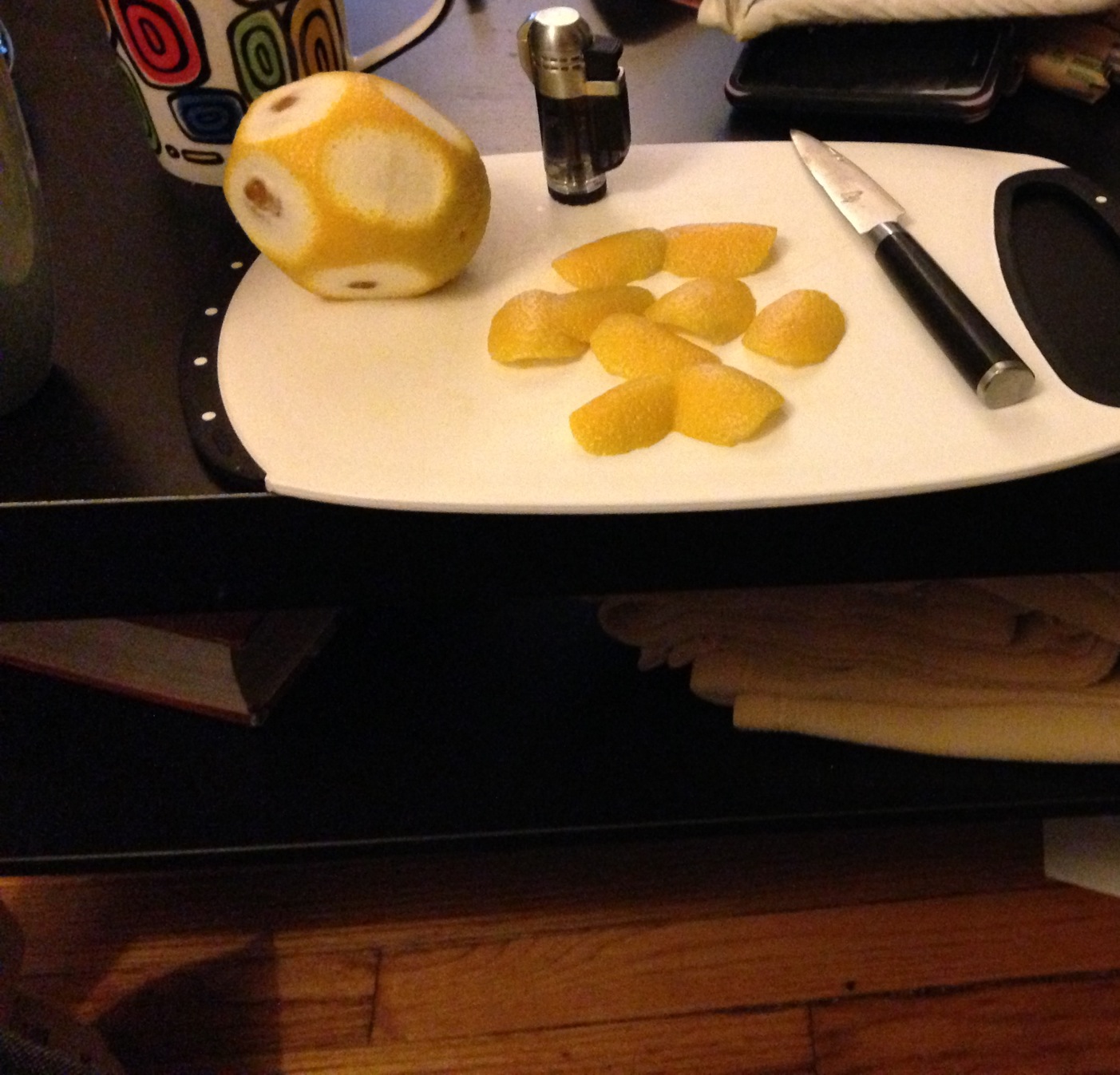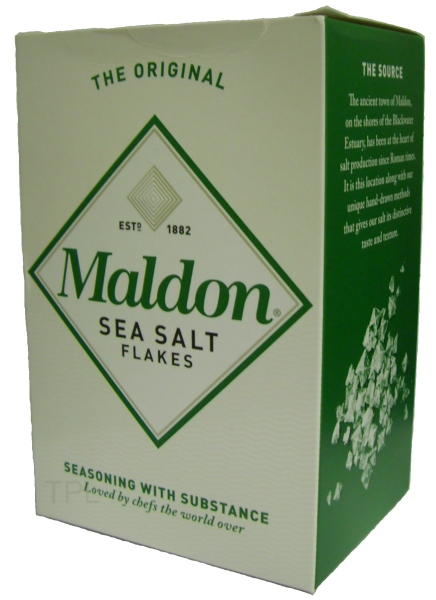 As you may have gathered, I started running regularly a few months ago. Recently, the change in season and position in the service industry left me susceptible to illness. Over the past week, a particularly nasty cold left me exhausted and unable to function, so this week I'll focus on what running has taught me about writing.
As you may have gathered, I started running regularly a few months ago. Recently, the change in season and position in the service industry left me susceptible to illness. Over the past week, a particularly nasty cold left me exhausted and unable to function, so this week I'll focus on what running has taught me about writing.
- Be careful about Internet sources. Since Pinterest became popular, running and exercise plans are readily available. As with anything else, make sure that the source is a reliable expert in the field. Just as an unreliable training program can get you hurt physically, writing based on unverified sources can cripple your career.
- Practice smarter, not harder. Flailing around in running can lead to a satisfying tiredness, but it doesn't build endurance or speed. In writing, undirected practice does little to build a professional portfolio. In the long run, both can do more harm than good. Stay focused, and your directed practice will build your chops.
- Balance your physical and mental health. Balance is a buzzword in both fitness and entrepreneurship for a reason. Runners and freelancers alike suffer when they're unable to practice, so making time to do both is integral to your success.
- Find fun in your work/running. Exercise is necessary to your focus and longevity, but running can sometimes seem as tedious as editing poorly written medical copy. Listening to trashy music, running a new trail or even treating yourself to new running duds can break you out of a rut.
- Pace yourself. You're in this for the long haul, so practice accordingly. If you start to feel yourself getting burned out, take a step back. Consider saying no to new commitments so you can effectively manage your time. Write or exercise a little bit every day to keep yourself in shape.
Got any other tips? Leave them in the comments!


















